emily yuiming wong
biodynamic craniosacral therapy
a subtle yet powerful, body-based therapy modality,
the practitioner listens through a gentle, non-invasive touch, to what is present in the body and supports the individual in restoring the health that is in all of us, bringing us back into balance and wholeness
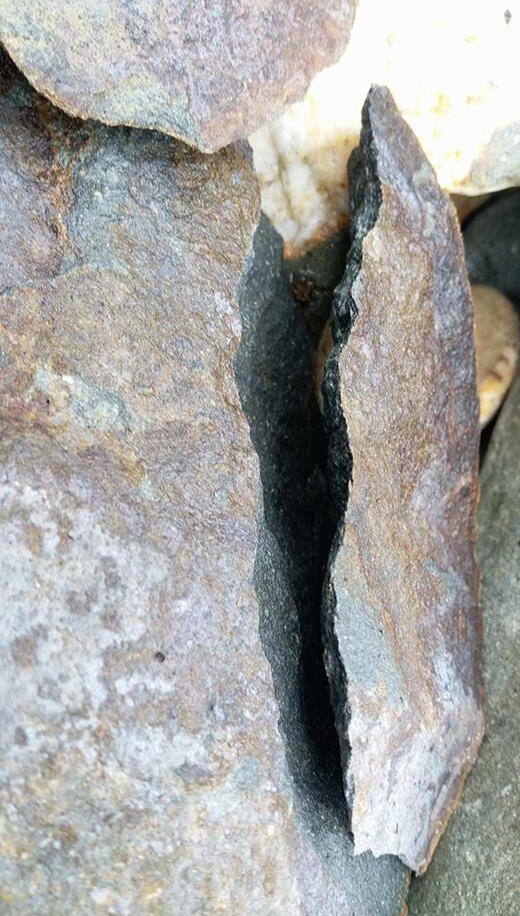
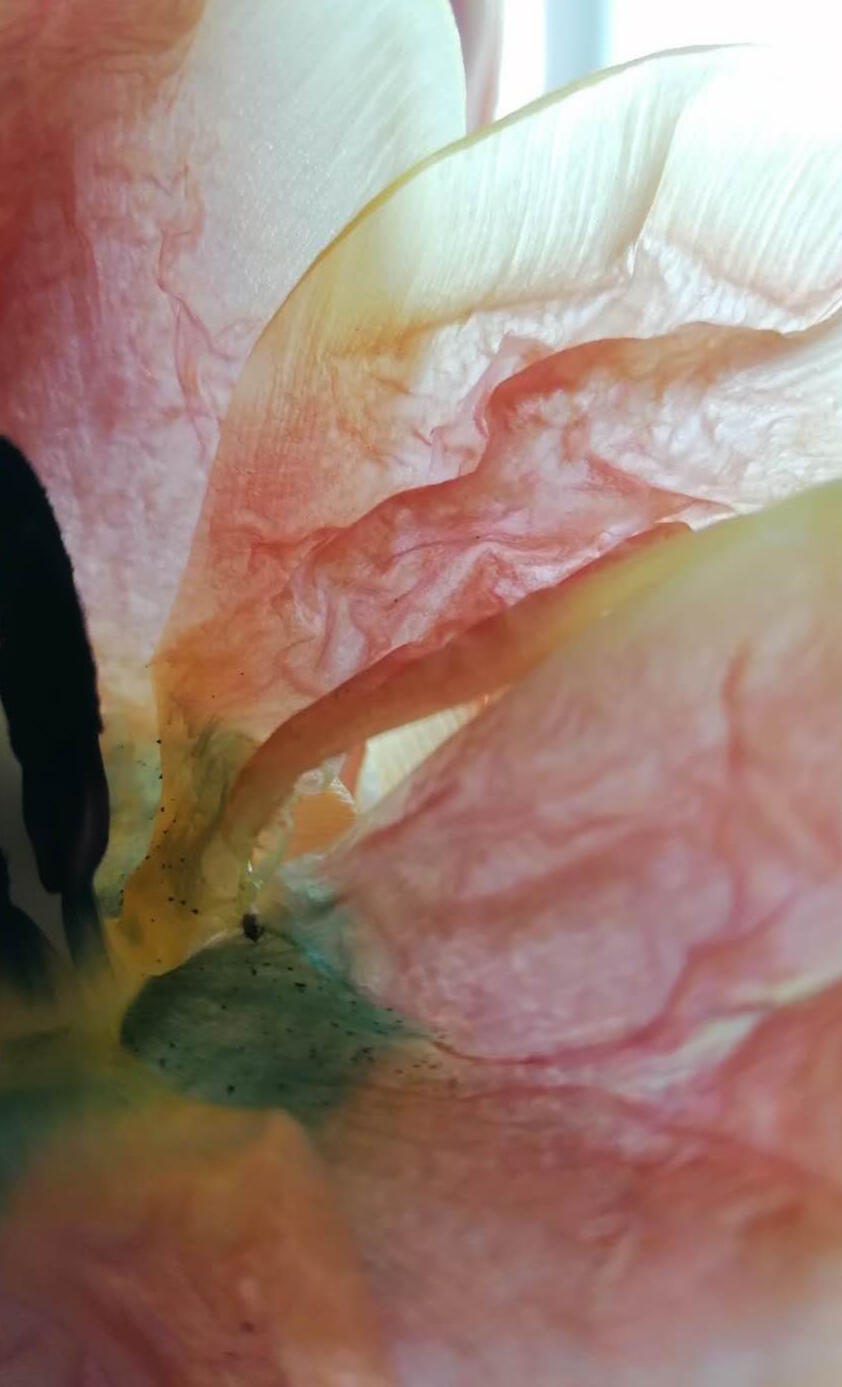
“Home is the place from which I have come and to which I return. Home is always where I always am. All circumstances call me to new steps in the dance. All sickness points me there. All sickness is homesickness. All healing is homecoming.” ~Dianne M. Connelly
About
Emily
睿
明
Craniosacral therapist, dance/movement classes facilitator, performance artist
I first tried craniosacral therapy in my early twenties due to the injuries from dance, as some issues have become chronic. I wanted to learn about the body in different ways and was looking to better my health. I then moved away from London, continuing to work as a performance artist, dance and somatic movement teacher, deepening the research in improvisation and bodymind movement practices. Upon returning to London, I was still drawn to the work so I decided to go through the practitioner training.The body serves as a fascinating entry point to experience the wonder of life. Other than various practices in the somatic movement field, mindfulness and meditation practice also have a big influence on my being. Recently I started practicing Aikido, a martial art that for me, brings together the practice of presence, alertness and harmony in oneself while being with others.
Being immersed in nature is an important resource for me and always an inspiration, a reminder of our interconnectedness.Becoming a craniosacral therapist has allowed me to further my practices and curiosities about being in connection with oneself while being present with another, learning to witness, listen and support. It is humbling to witness the strength and vulnerability in each individual going through life.
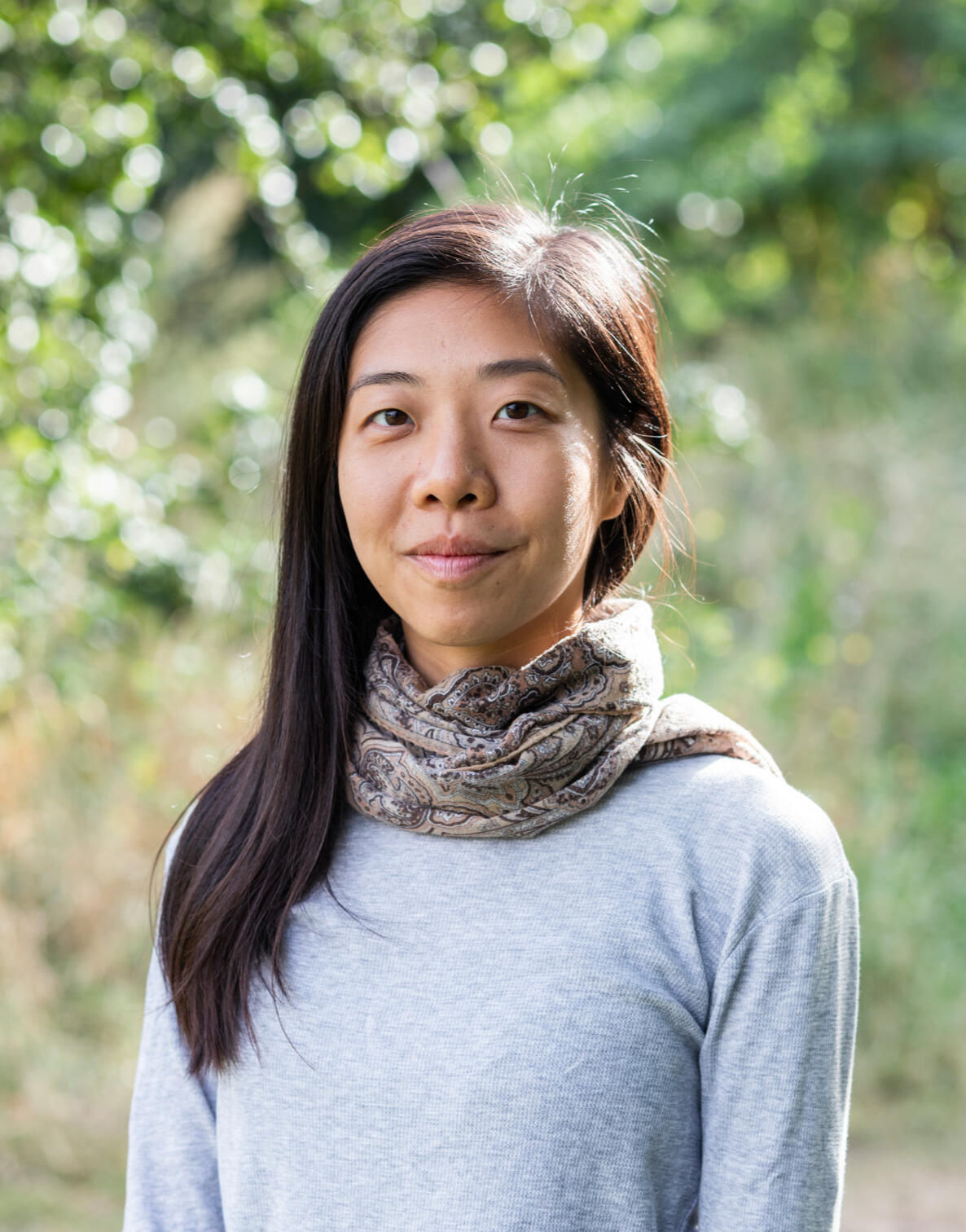
Andrea Artz Photography
In my practice, I am curious to further the process of integrating applications of polyvagal theory and the understanding of the prenatal stage of life in relation to craniosacral work.I graduated from Craniosacral Therapy Educational Trust (CTET) and was awarded the BCST qualification approved by the International Affiliation of Biodynamic Trainings (IABT). I am a registered member of the International Cranial Association (ICrA) and the Complementary & Natural Healthcare Council (CNHC).Born in Hong Kong, studied and lived in the UK since I was young, moved to Beijing for a while, still love visiting and meeting different cultures.
What is it?
“The gentleness of approaches, if quite accurate, can be the most deeply healing.” ~ Hugh Milne
Biodynamic Craniosacral Therapy is a subtle yet powerful, body-based therapy modality. The practitioner listens, through a gentle, non-invasive touch, to what is present in the body and supports the individual in restoring the health that is inherently in all of us, bringing us back into balance and wholeness.
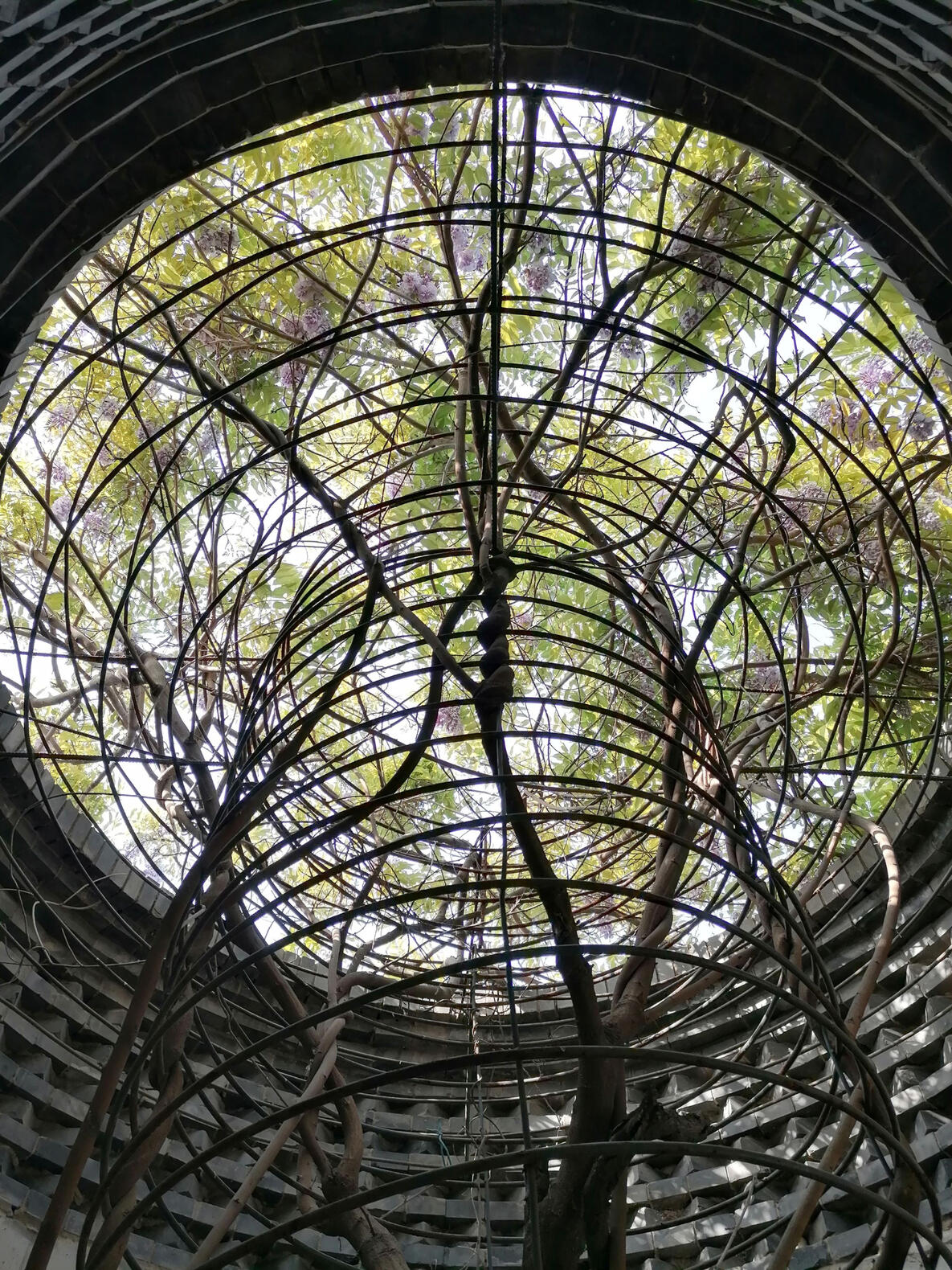
Originated with the osteopath William Sutherland (1873-1954). As his practice developed, it shifted from just using a biomechanical language and approach, in becoming more holistic, taking into account the person’s wholeness and the body’s own intelligence in healing.
There is the awareness and respect towards how the body is functioning as a whole, and being attentive to the relationship between the different parts of our being.
With a light touch and compassionate presence of the practitioner, a safe relational field can be established. Going through a process of settling and orienting to the health and resources in the system, any conditioning or straining (physical and/or emotional) that is present may start to reveal themselves.By listening to the healing intentions in the body, one supports the shift and reorganisation that needs to happen, guided by the intelligence of the body.The shift could manifest as a release of tension, which in turns allows the system to move towards functioning at a more optimal level, where balance can be regained.Fluidity, motility and aliveness can be present again throughout the system. Some may also feel a shift in their emotional and spiritual life.
From a more technical perspective, these are a few things the practitioner could be listening for:- the subtle tidal movement that moves through the body, (a bit like the rhythm of the breath but less obvious), it can be found expressing as the movement of the cerebral spinal fluid that bathes the brain and spinal cord
- mobility of the reciprocal tension membranes
- mobility of the cranial bones
- any restrictions or tensions held in the body tissues that can be caused by stress, injuries, different types of trauma, or conditionings in life
- the state of the nervous system
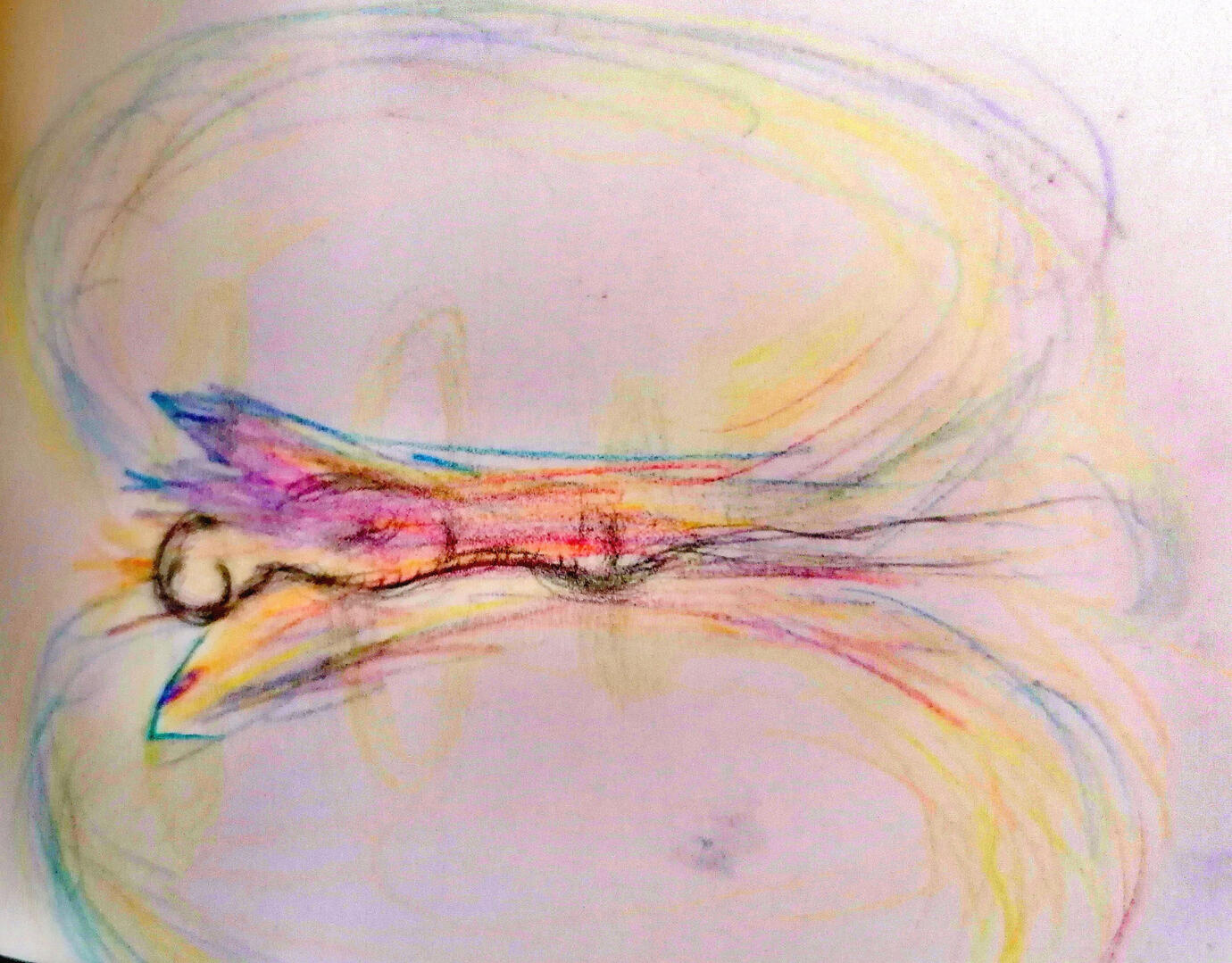
Services
Who is it for?Because of the gentleness of the approach, it is suitable for people of all ages and background. It is also complementary to other health care that you may be receiving.People may come for support for different reasons such as going through the small and big changes in life, anxiety, fatigue, chronic pain, psycho-somatic presentations, trauma or simply wanting to feel more balanced in life and to maintain good health.As a practitioner, I am interested in creating a space where I can meet the individual’s unique circumstance, allow the stories that are held in the body to be met without judgement, and give the support that is needed.I hope to help people connect to themselves on a deeper level, to find relief in challenging times; see past their symptoms, be reminded of their strength and aliveness, and build inner resources so healing can happen naturally.
And, most importantly, to live fully!I enjoy working with people from different cultural backgrounds. Creatives are very welcome.
What happens in a session?After a brief check in verbally, you will be invited to lie down on the treatment table. You will be fully clothed during the session. All contact made will be negotiated. Your sense of safety and comfort is of utmost importance.The practitioner listens for the body’s need and follows the healing intention, her hands can move to different places like the head, feet, along the spine (sacrum to the base of the skull), or affected areas of the body.There will be verbal exchanges but there could also be times when the session drops into a deep stillness and silence.CostsInitial appointment: £68 /60 mins (includes taking a case history)
Follow up sessions: £68 /50 mins
Plan of 3 sessions: £195 valid for 3 months
Plan of 6 sessions: £385 valid for 6 monthsPlease contact me to discuss availability when booking.*Concession available for artists or low-income, please contact me to discuss options.
Contact
For further questions, please feel free to contact me via email or text.
We can arrange a short call if desired.
Clinic address: The Sunflower Centre
81 Tressillian Road, London, SE4 1XZ
(other locations please contact for more details)Phone: 07708 701407
Email: [email protected]
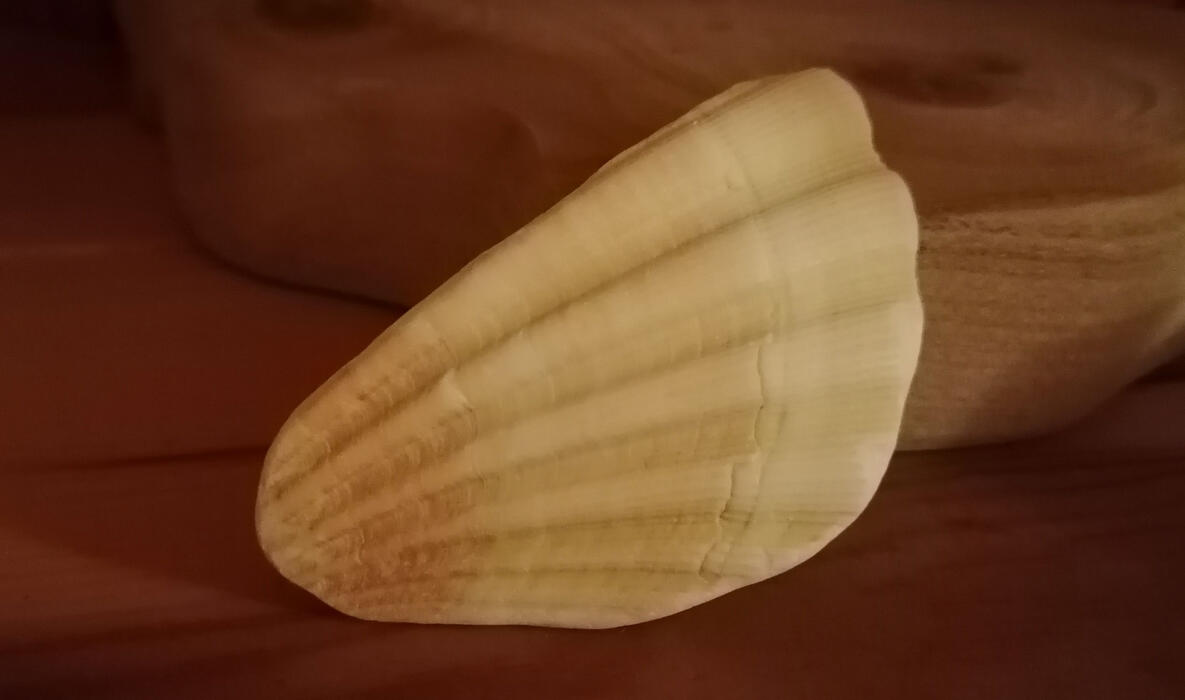
Testimonials
“I had just started an intense grieving period and quickly found the sessions really restored my emotional energy and nervous system. Emily is open, attentive, and caring and her practice has helped me through the toughest time in my life. I’ve left sessions feeling hopeful, closer to my emotions, more in tune with the world around me, and drained of physical and emotional anxiety. These sessions have been an invaluable support to my life. I can’t thank you enough Emily!”“I’ve been having sessions with Emily for a year, the process for me has revealed a lot and has delicately opened me up to being more in tune with myself and life. Emily really takes time at the start and end to check in. She has a very caring, gentle and supportive touch. I often leave with a sensation that I want to live life rather than plow through it.”“Deeply settled, healed and relaxed. Touched and sensed by Emily’s hands, which seem to have some magic, I can always feel that everything has returned to myself. Such an energy-refreshing journey and amazing cranio sessions.”